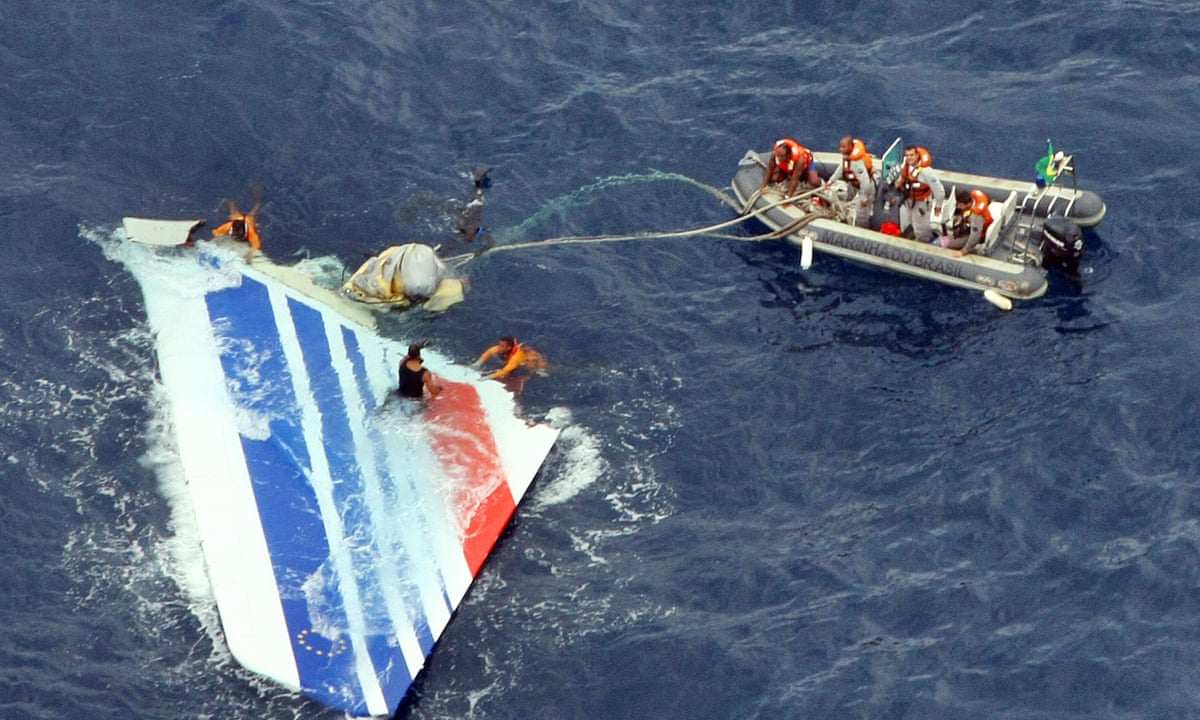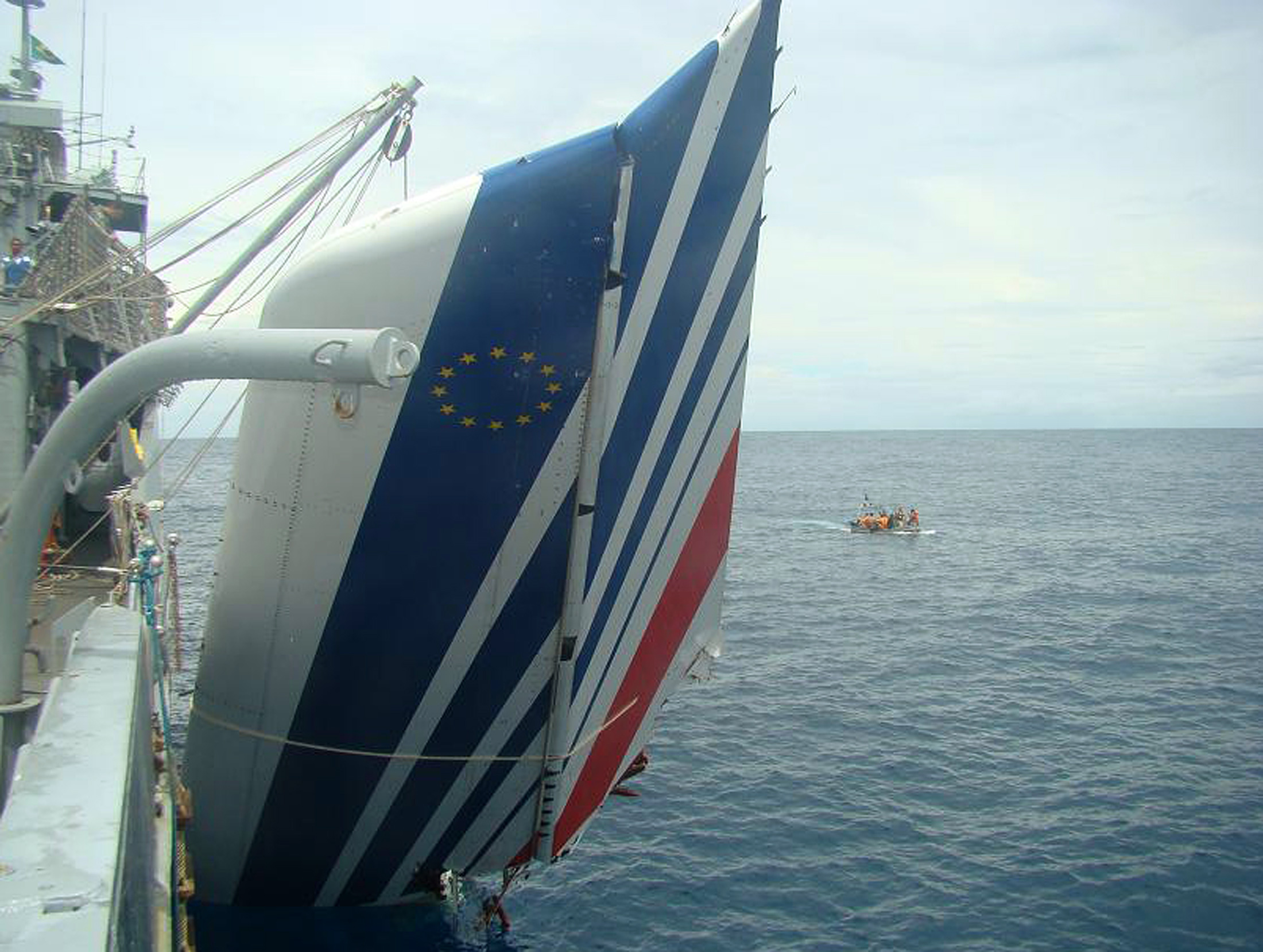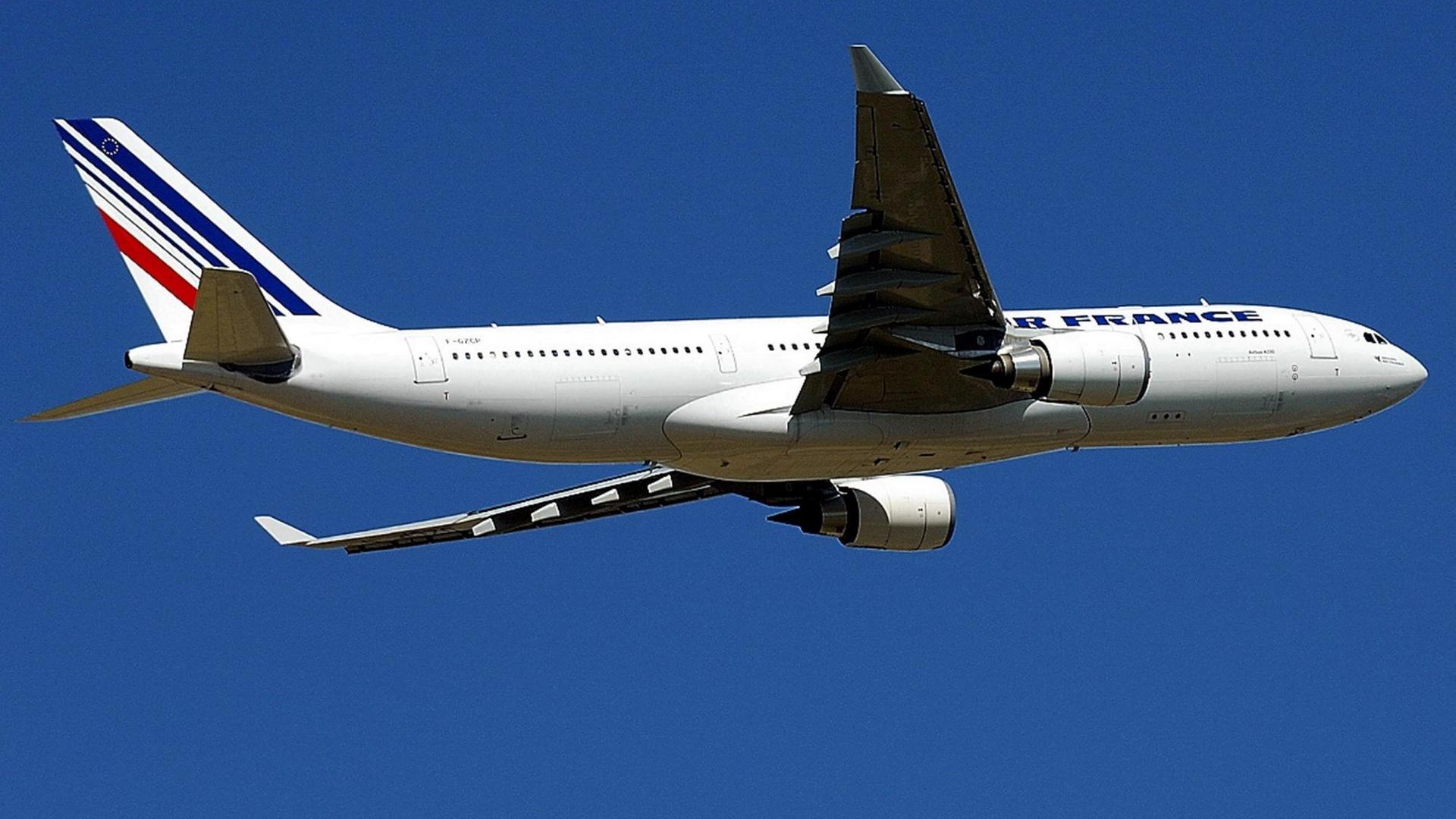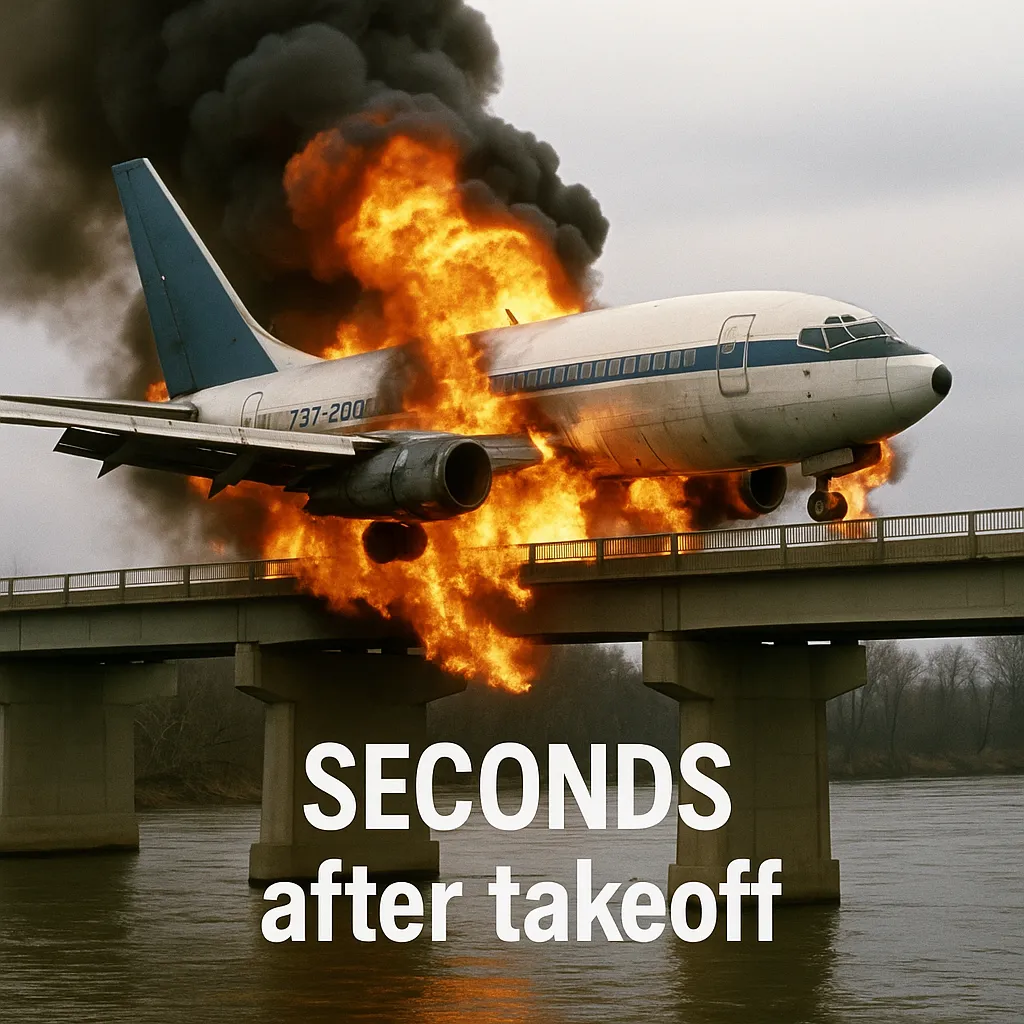
On the cold afternoon of January 15, 2009, a routine flight out of New York City turned into one of the most astonishing survival stories in modern aviation.
US Airways Flight 1549 departed LaGuardia Airport around 3:24 p.m., destined for Charlotte, North Carolina, with 155 people on board.
Barely three minutes into the journey, the Airbus A320 struck a flock of Canada geese at 2,800 feet, causing both engines to fail almost instantly.
With no thrust and no viable airports within reach, Captain Chesley "Sully" Sullenberger made a decision that would define his legacy and save every soul aboard: he would ditch the aircraft in the freezing waters of the Hudson River.
In a move that defied the odds, this split-second decision transformed potential tragedy into an unparalleled act of aviation heroism.
At the controls was Sullenberger, a 57-year-old former fighter pilot with nearly 20,000 hours of flight experience. Beside him was First Officer Jeffrey Skiles, 49, equally experienced but new to the Airbus A320. Skiles had been handling the takeoff when disaster struck.
Within moments of the bird strike, a loud series of bangs was followed by eerie silence. The cockpit filled with the smell of jet fuel. Both pilots quickly realized they were flying without power. Skiles took over emergency procedures while Sully assumed command.

Initial attempts to restart the engines failed, and in mere seconds, they knew they wouldn't make it to either LaGuardia or Teterboro Airport. With the aircraft now gliding without power above one of the world’s most populated cities, Captain Sullenberger calmly radioed to air traffic control: “We’re gonna be in the Hudson.”
Inside the cabin, passengers and crew began to understand the gravity of the situation. The absence of engine noise, the chemical smell in the air, and the sight of geese being sucked into the engines moments earlier set off panic. Some passengers cried.
Others gripped their seats. Still, the flight attendants—calm and trained—shouted commands, instructing passengers to brace for impact.
Sullenberger’s voice came over the intercom with a chilling simplicity: “Brace for impact.” What followed next would defy everything we thought we knew about survivability in aviation.
The Airbus, descending rapidly, glided just above the George Washington Bridge before Sully lined it up parallel to Manhattan's skyline. With a thunderous but controlled splash, Flight 1549 hit the icy Hudson River, bouncing, skimming, then finally settling into a float.
Water surged over the fuselage, but the plane miraculously held together. Though the cabin began to flood, the aircraft did not break apart. Evacuation began instantly. Flight attendants deployed the emergency slides, which also acted as flotation devices.

Passengers streamed out, some onto the wings, some into the life rafts. Several slipped into the river, plunging into the frigid waters. All 155 people—children, elderly, crew—scrambled for safety.
New York Waterway ferries and emergency boats responded within minutes, pulling soaked, hypothermic survivors from the plane, the river, and the rafts.
While panic and chaos gripped some, heroism shined through. Captain Sullenberger walked the entire cabin twice to make sure no one was left behind.
He was the last person to leave the aircraft. His decision to attempt a water landing—his steady hand under pressure—became the difference between life and death.
Without power, with no prior water landing training in such a scenario, and with little time to react, he landed a commercial jetliner in a river and saved everyone on board. It wasn’t just a miracle—it was calculated courage under fire.
The aftermath of the event triggered a wave of praise, investigation, and changes. The NTSB launched an inquiry, initially wondering if Sully should have attempted a return to LaGuardia.

But simulations proved he had made the only viable choice. Any delay or attempt to turn back would have ended in catastrophic loss. The crew was vindicated. In fact, their actions became a textbook example of how to respond under immense pressure.
Beyond the technical brilliance, the human side of the story gripped the world. Survivors described holding hands with strangers, whispering prayers, feeling the icy water lap at their legs as they climbed over seats.
One woman recounted looking into the cockpit and seeing only sky through the shattered windshield as the plane began its descent. Another described the eerily peaceful moment after impact, the silence broken only by the gushing of water and the creak of metal.
Sullenberger was honored in a flurry of awards and public appearances. He received the key to the city of New York, was lauded before Congress, and earned a place in the International Air and Space Hall of Fame.
But perhaps the most memorable gesture came from his local library, which graciously forgave the water-damaged safety book he’d borrowed—left behind in the cockpit after the evacuation. He also gave his first interview not to CNN or NBC, but to his daughter’s high school newspaper.
Flight 1549’s wreckage was later retrieved from the Hudson, cleaned, and displayed at the Carolinas Aviation Museum in Charlotte—its original destination.

The museum turned the aircraft into a shrine of survival, drawing thousands to witness the scarred but intact fuselage that once carried passengers to the edge of death and back again. Passengers were offered compensation, but many never sought it. For them, the miracle was enough.
Sullenberger and Skiles both retired from commercial flying, but they’ve remained active in aviation safety advocacy.
They’ve pushed for improvements in pilot training, better procedures for engine failure scenarios, and stronger bird strike prevention strategies. Their mission is to ensure that the miracle of Flight 1549 isn’t seen as a fluke, but as a blueprint for better preparedness.
Though the experience left many passengers physically unharmed, the emotional trauma lingered. A significant number suffered from post-traumatic stress disorder.
Some spoke publicly about their struggles; others remained silent. But nearly all found comfort in one shared truth—thanks to the courage and composure of their pilots and crew, they had lived.
In aviation history, Flight 1549 will forever stand apart. It wasn’t just a story of mechanical failure, or even a heroic landing. It was a story of human resolve.
When faced with an unimaginable challenge, one man calmly looked down at a river and chose life. And in doing so, he gave us all a reminder that not all heroes wear capes—some wear wings.

-1751102723-q80.webp)

